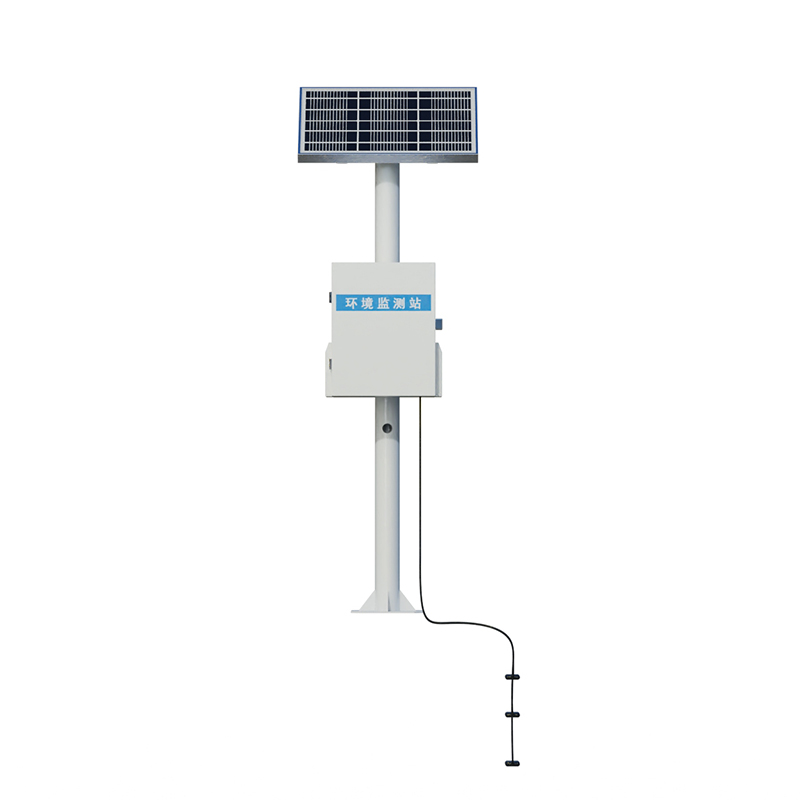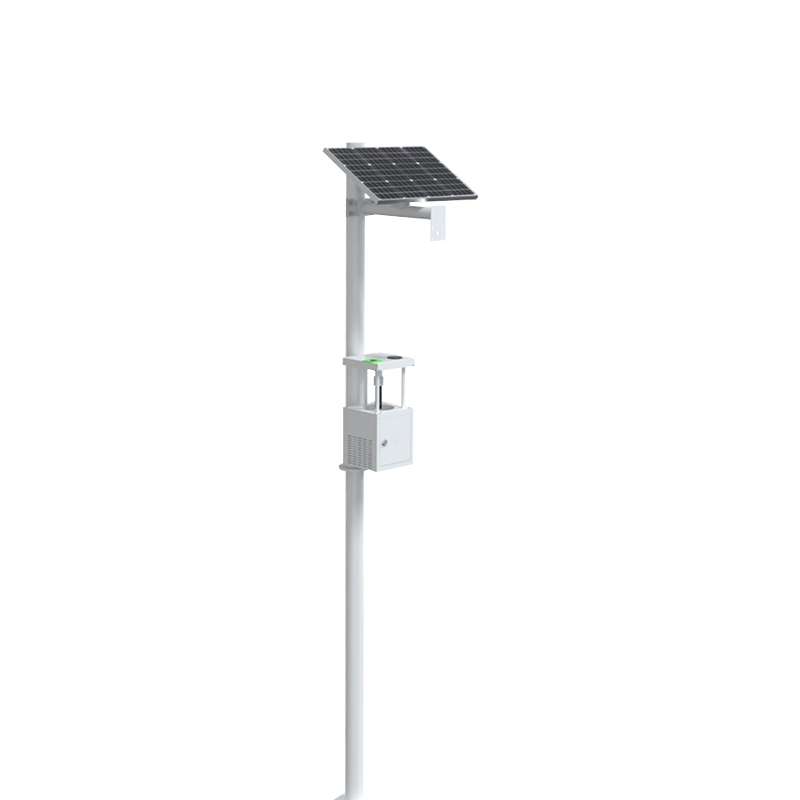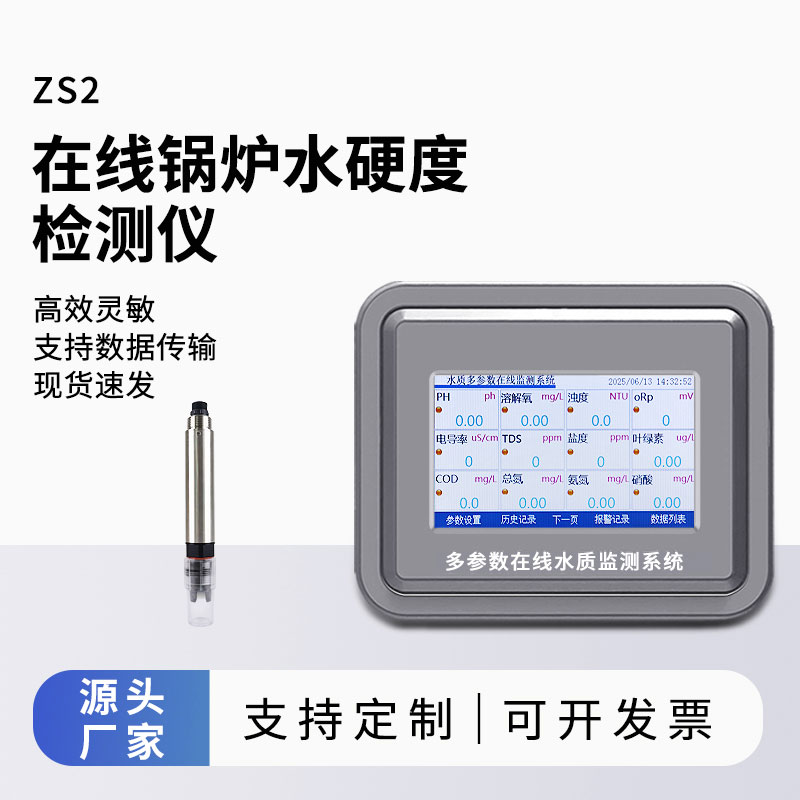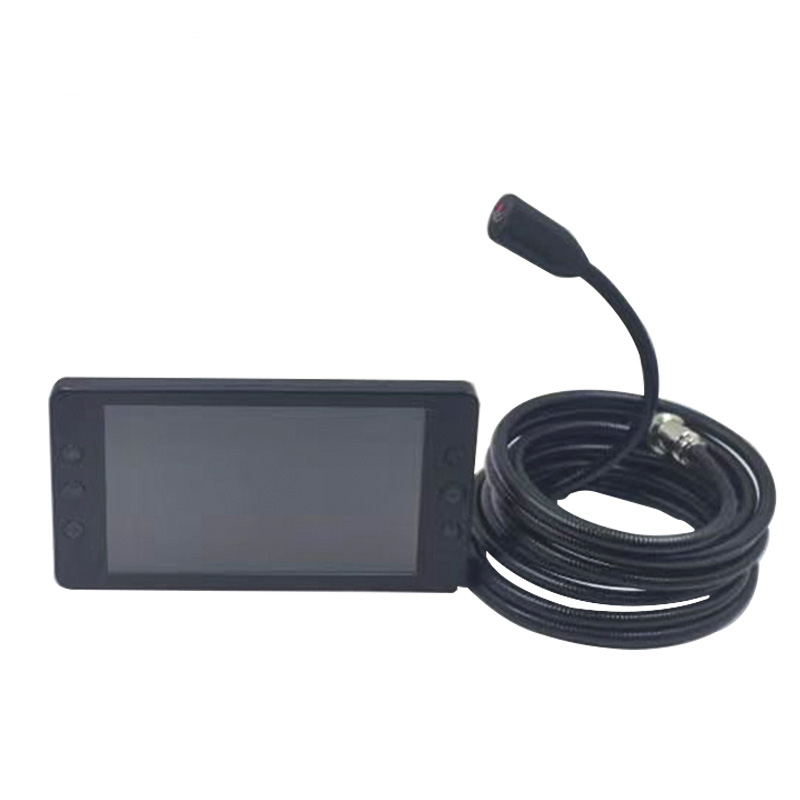Soil moisture monitoring equipment is a soil moisture monitoring device based on modern sensing technology, capable of real-time monitoring of soil moisture and temperature data, providing decision-making basis for agricultural irrigation.
Soil moisture monitoring equipment is a high-precision soil moisture monitoring device primarily used for real-time monitoring of soil moisture and temperature parameters. Developed based on modern sensing and Internet of Things (IoT) technologies, it is an intelligent agricultural monitoring device. It enables continuous monitoring of soil moisture conditions (including soil humidity and soil temperature) over extended periods. Users can flexibly deploy soil moisture sensors according to actual monitoring needs. The device can integrate multiple sensors to complete automatic online monitoring of soil moisture conditions.
In terms of technical composition, Soil moisture monitoring equipment typically consists of a sensor system, data collector, communication module, and power supply system. The sensor system includes soil moisture sensors and soil temperature sensors; some models may also integrate auxiliary sensors such as soil electrical conductivity sensors. Soil moisture sensors mostly use the frequency domain reflectometry or time domain transmission principle, calculating volumetric water content by measuring the dielectric constant of the soil. The data collector is responsible for receiving sensor signals, performing preliminary processing, and storing the data. The communication module supports transmission methods such as GPRS, 4G, or LoRa, sending monitoring data to the data center. The power supply system typically uses a solar panel combined with a battery to ensure continuous operation in outdoor environments.
The core function of this monitoring station is to monitor the dynamic changes in soil moisture in real time. By deploying sensors at different depths, it can obtain the moisture distribution in the surface layer, root zone, and deep soil layers. Monitoring data is transmitted wirelessly to the management platform, which users can view at any time via computer or mobile terminal. The system usually has a data storage function, saving historical monitoring records for easy analysis of soil moisture change trends. When the soil moisture is below or above the set threshold, the system will automatically send a warning message to remind management personnel to take appropriate measures. These functions provide technical support for achieving precise irrigation.
In agricultural irrigation management practices, Soil moisture monitoring equipment plays an important role. Based on real-time soil moisture data, farmers can scientifically develop irrigation plans, avoiding the waste of water resources caused by traditional empirical irrigation. The system accurately reflects the actual moisture conditions of the crop root zone, helping to determine the optimal irrigation timing and amount. In water-saving irrigation projects, monitoring data provides quantitative evidence for evaluating water-saving effects. Furthermore, long-term continuous soil moisture monitoring data also helps in studying crop water requirements and optimizing irrigation systems. These applications have significantly improved agricultural water use efficiency and promoted the sustainable utilization of water resources.
Compared with the traditional manual soil sampling and drying method, Soil moisture monitoring equipment offers significant advantages. Manual measurement requires frequent field sampling, which is labor-intensive and inefficient, and the measurement results are subject to delays. Automatic monitoring stations achieve continuous automatic monitoring, providing real-time data and capturing the dynamic changes in soil moisture. The multi-point, multi-depth monitoring layout can more comprehensively reflect the spatial variability characteristics of soil moisture in the field. Because of reduced human intervention, the objectivity and consistency of monitoring data are ensured. These features make automatic monitoring stations more suitable for the needs of modern precision agriculture.
With the development of Internet of Things technology and sensor technology, the performance of Soil moisture monitoring equipment continues to improve. New sensors continuously improve in terms of measurement accuracy and stability, and power consumption is further reduced. Data transmission methods are more diverse, and the application of new technologies such as 5G and NB-IoT improves transmission reliability. Data analysis capabilities are constantly enhanced, and some systems have begun to integrate soil moisture prediction models. In the future, with the advancement of agricultural modernization, Soil moisture monitoring equipment will be promoted and applied in agricultural management in more regions, providing technical support for ensuring food security and water resource security.

This paper addresses:https://fengtusz.com/technical/888.html









